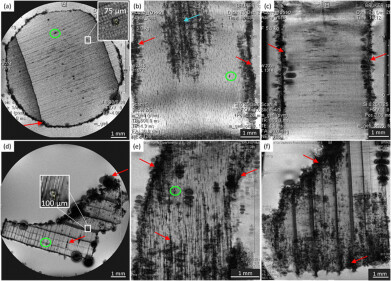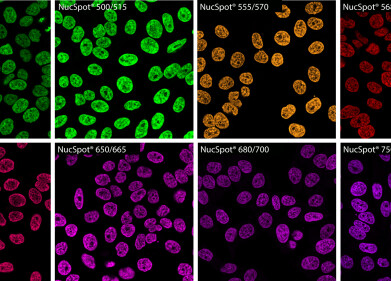Microscopy & Microtechniques
Gene identified that tells cells to develop multiple cilia
Jan 12 2012
The gene that tells cells to develop multiple cilia has been identified by researchers in San Diego, which could help scientists effectively replace damaged tissue.
The development, made by researchers from the Salk Institute for Biological Studies, has increased our understanding of how the vital multiple cilia is developed, which moves fluid through the lungs and the brain.
According to Christopher R. Kintner, a professor in Salk's Molecular Neurobiology Laboratory, who led the research: "Knowing the gene that instructs cells to develop multiple cilia helps us understand how we might coax stem cells into developing into this type of cell, which we could then use to repair damaged tissue."
The muliticiliate cells are easy to identify because the form on the outside of the embryos. African clawed frogs (Xenopus laevis) were used in the study as the genetic mechanisms that direct the frog cells to develop multiple cilia are likely similar to those of humans.
Multicilin could be a crucial aspect of developing therapies in the future, as it is central to differentiating stem cells into replacement cells.
Posted by Ben Evans
Digital Edition
Lab Asia 31.6 Dec 2024
December 2024
Chromatography Articles - Sustainable chromatography: Embracing software for greener methods Mass Spectrometry & Spectroscopy Articles - Solving industry challenges for phosphorus containi...
View all digital editions
Events
Jan 22 2025 Tokyo, Japan
Jan 22 2025 Birmingham, UK
Jan 25 2025 San Diego, CA, USA
Jan 27 2025 Dubai, UAE
Jan 29 2025 Tokyo, Japan



















